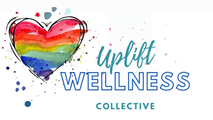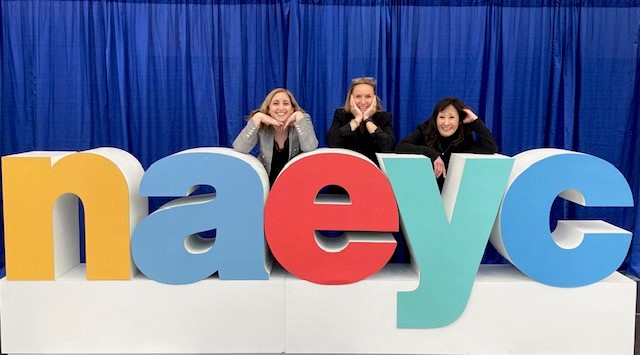Contrology, now Pilates, was initially designed by Joseph Pilates to improve physical and mental health. Over the years, both anecdotal evidence and research have borne this out. Regular practice promotes strong, healthy bodies with balanced flexibility, strength, and muscle tone. You can achieve a flexible spine and a strong core. Improve your flexibility, dynamic balance, and muscular endurance. And, as you get older, you can benefit from relief for back pain, fall prevention, and overall quality of life and physical fitness (Fleming & Herring, 2018).
Practitioners of Pilates are aware of its many benefits. Having experienced the method firsthand, practitioners provide ample anecdotal evidence of its impact on improved physical outcomes. They report feeling “taller,” more “flexible,” or “bendable,” “stronger,” “leaner,” and “energized”-- just to name a few. Indeed, Joseph Pilates stated, “In 10 sessions, you’ll feel the difference; in 20, you’ll see the difference; and in 30, you’ll have a new body.” Start practicing Pilates for a stronger body today.
Pilates also improves mental health outcomes. People who practice regularly experience increased feelings of energy, self-efficacy, and overall mood. They may also have enhanced self-concept and sleep quality while experiencing decreased anxiety symptoms and fatigue. We realize these benefits by participating in an activity incorporating mindfulness and visualization.
What ARE mindfulness and mindful movement?
Mindfulness involves paying attention to the present moment without judgment or distraction. By focusing on your breathing, body movements, and thoughts, you can learn to stay present and avoid preoccupation with worries or negative emotions. Incorporating mindful movement into your daily routine can support your wellness. Research shows that it nurtures the mental health of healthy adults and those with anxiety and depression (Fleming & Herring, 2018). Mindful movement has been demonstrated to promote positive affect, attentiveness, vitality, and emotion while decreasing anxiety and depression (Tihanyi, Sagi, Csala, Tolnai, & Koteles,2016).
How does visualization support mindful movement?
Pilates teachers enhance your practice by using visualization to help you stay present and focused on your breath and body. Visualization involves using your imagination to create positive mental images, allowing you to feel more relaxed and confident as you become attuned to your body and develop an increased awareness of your body moving in space.
The mindful movement component was highly regarded in a recent well-being program incorporating Pilates.
Program members were people like you and me. They were teachers and parents and men and women. They cared for others while caring for themselves. They expressed some degree of overwhelm by balancing life’s many demands, especially those presented by COVID. They were former, current, and aspiring exercisers. They enjoyed doing Pilates. They liked exploring something new. Pilates made the members feel successful. Pilates helped relieve stress and increase personal feelings of strength and confidence. Members' reports of benefits from the program reflect the research and widely known benefits of Pilates.
What are they saying? How did Pilates impact them?
Some of the big ideas expressed by the program participants include the following:
- Connection: I appreciated the opportunities to hop online with others and dedicate some time to myself this summer.
- Challenge: The instructors provided the right level of challenge. I felt successful and liked doing something new.
- Exploration: Pilates!! I like physical activity, and this was something I had wanted to explore. I will try to continue to do it.
- Stress Relief: Pilates classes were a great way to relieve stress and unwind after the day.
- Confidence: I loved the Pilates component. Since participating in the program, I have joined Pilates classes because Pilates makes me feel stronger and more confident. And I really like the routine.
Joseph Pilates said, “The Pilates method of body conditioning is complete coordination of body, mind, and spirit.”
Wait a minute, friends, it's a “threefer”!
Are you ready to explore all Pilates offers for your body, mind, and spirit? Subscribe below to receive access to Uplift Pilates and Wellness’ Introduction to Pilates Series. Explore three videos to learn Pilates fundamentals and complete a beginner mat class.































 RSS Feed
RSS Feed